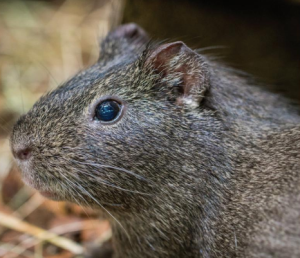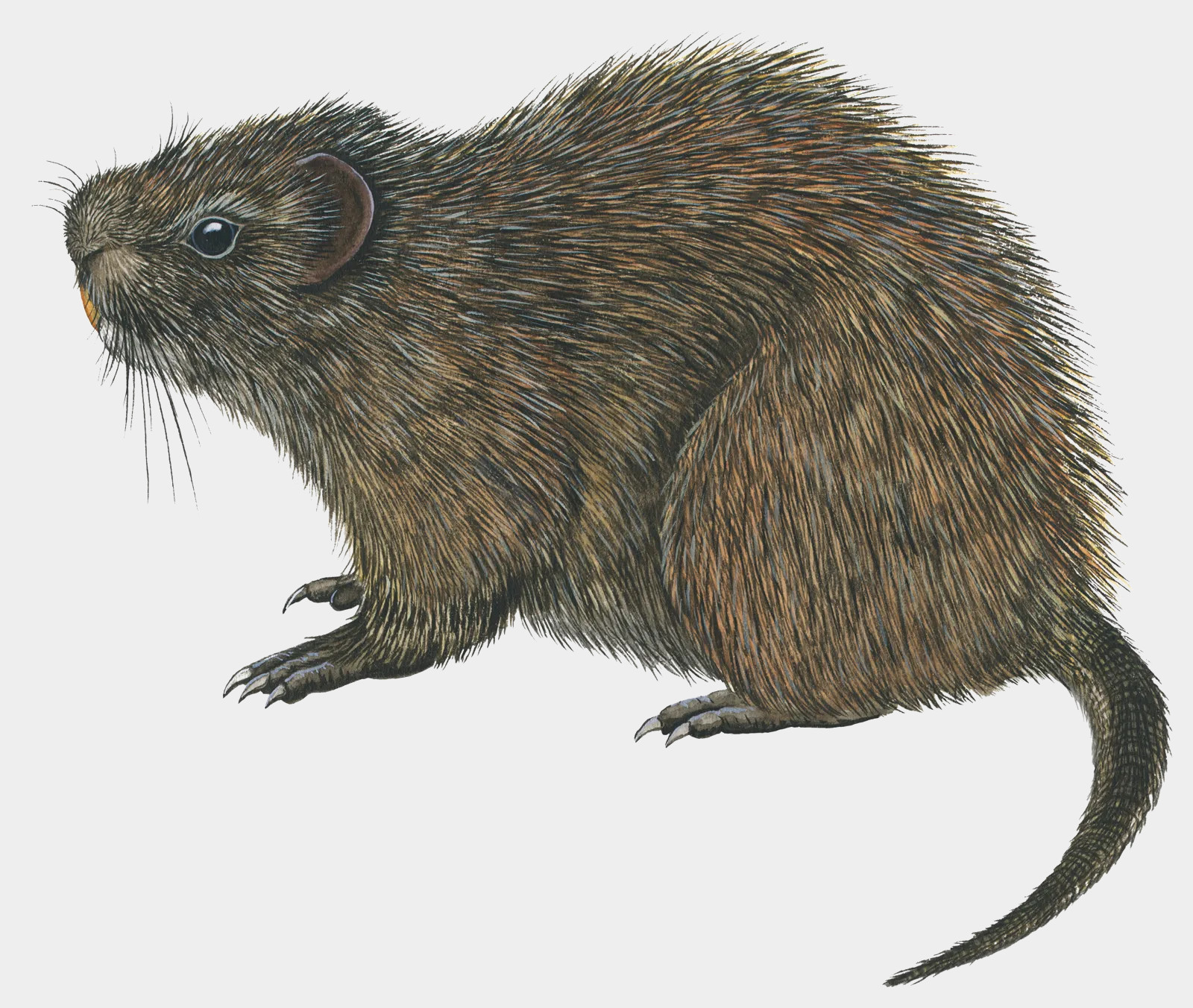Phylogeography is a field that combines principles of evolutionary biology, population genetics, and biogeography to understand the historical processes that have shaped the current geographic distribution of species, existing genetic diversity and their adaptations. Normally, phylogeographic patterns are the observable trends and structures in the genetic variation of populations across geographical space.
 The African Greater Cane Rat (Thryonomys swinderianus), in Swahili famously known as “Ndezi” is a rodent species native to sub-Saharan Africa. However, currently, the species has a wide distribution across various regions of the continent, from Eastern Africa, Central Africa, West Africa, and South Africa. This distribution could be influenced by factors such as habitat availability, vegetation types, and human activities.
The African Greater Cane Rat (Thryonomys swinderianus), in Swahili famously known as “Ndezi” is a rodent species native to sub-Saharan Africa. However, currently, the species has a wide distribution across various regions of the continent, from Eastern Africa, Central Africa, West Africa, and South Africa. This distribution could be influenced by factors such as habitat availability, vegetation types, and human activities.
The adaptability of the African Greater Cane Rat to different environments has contributed to its presence across a wide range of African landscapes. It’s a versatile species that can adapt to different environments, contributing to its relatively widespread distribution across the African continent. These phylogeographical distributions can lead to higher genetic differentiation and adaptation of the species.




